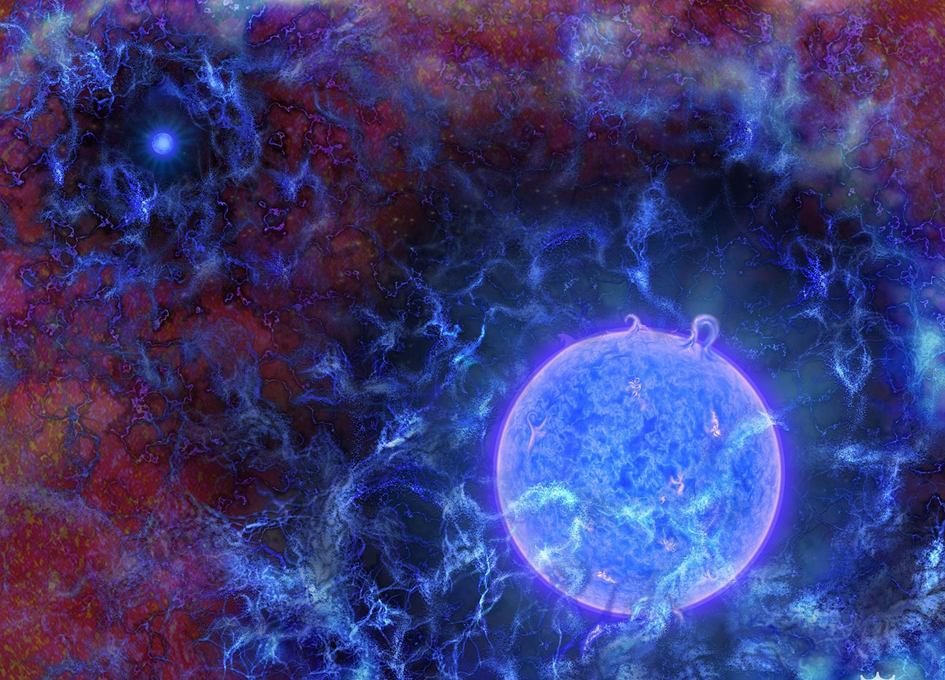Scientists suggest that at least three galaxies observed by the James Webb Space Telescope are actually something else. They may turn out to be giant stars, which include dark matter.

Stars made of dark matter
American astrophysicists Cosmin Ilie, Jillian Pauline and Katherine Freese published a study where they suggested that some of the galaxies they observed with the James Webb telescope might actually be stars made of dark matter.
They expressed the idea of the existence of such objects back in 2007 and, at the same time, formulated the signs by which these objects could be recognized. Like ordinary luminaries, they should have appeared at the beginning of the existence of the Universe and consist of hydrogen and helium.
However, nuclear reactions cannot occur in such stars. And they would be almost invisible if not for their gigantic size. Such objects would have the size of a small galaxy and would barely glow due to the heat generated by dark matter.
Over the years since then, many other scientists have come up with similar ideas. For example, they recently suggested that invisible balls of almost pure dark matter might exist in galaxies. And another group of researchers suggested the existence of entire shadow galaxies with a significant content of this amazing variety of matter.
Images by James Webb
In a new study, the authors of the theory describe the results of their work with the James Webb Space Telescope. With its help, they managed to find as many as three objects that look similar to galaxies, but with a more detailed study, they might turn out to be stars with dark matter.
They are called JADES-GS-z11, z12 and z13-0. According to the researchers, they have features that are not provided for by the theory of galaxy formation, but are in good agreement with the assumption that these are the only giant objects that dark matter does not allow to shrink yet.
The most interesting thing about these assumptions is why we have not yet seen stars made of dark matter, and now we have managed to find as many as three of them. The fact is that over time, these objects still should collapse and turn into supermassive black holes. This not only explains well their absence in modern space, but also how quickly giant monsters that exist in the centers of galaxies can be formed.
According to phys.org.
Follow us on Twitter to get the most interesting space news in time
https://twitter.com/ust_magazine

